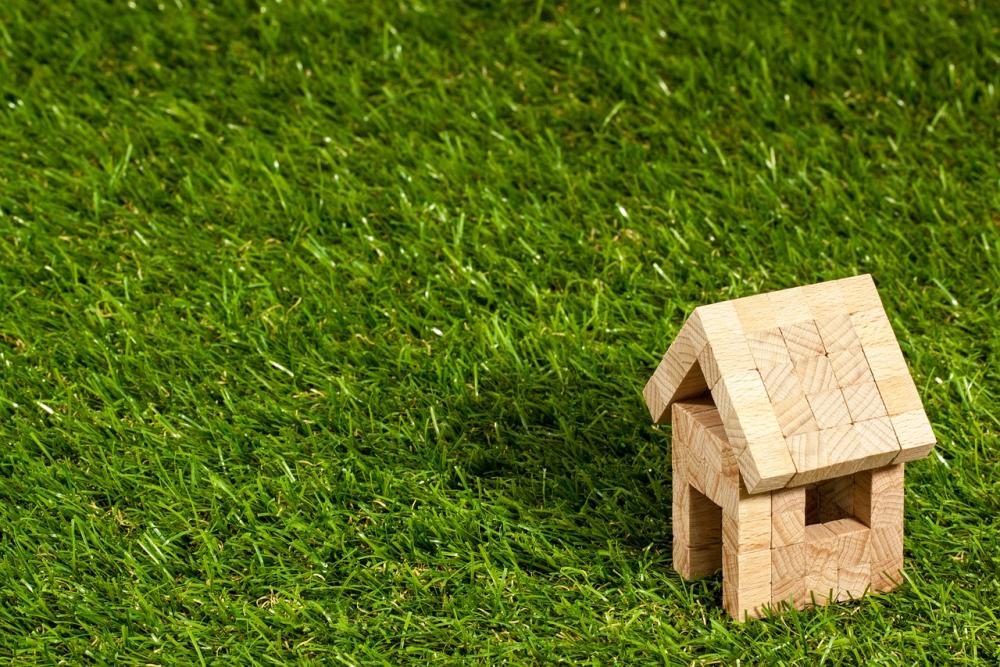4 Green Home Improvements You Can Do Yourself
Going completely green is a feat that few people can actually accomplish - especially those with busy lives and/ or families. But there are always smaller steps that anyone can take to live a greener lifestyle. While you may not be ready to live in a 300 square foot tiny home, there are a number of relatively simple and steps you can take to leave a lower carbon footprint - and sometimes even save some money in the process. Here are 4 green home improvements you can do yourself.
Composting
Landfills in North America are filling up and closing down. Nearly 1/3 of all landfill waste is composed of compostable materials. Composting allows you to create a thick, nutrient-rich humus for your lawn and garden while diverting as much as 30% of household waste. Not only does composting offer a natural alternative to chemical fertilizers, but microscopic organisms in compost help aerate the soil and ward off plant disease.
Lay Synthetic Grass
With water prices skyrocketing, not only will this upgrade help you go green, it will save you a lot of green - and manpower. Eco-friendly synthetic grass requires no water, no mowing and stays green for years. No more mowing the lawn every week in the summer or having to pay someone else to do it. With synthetic grass, you can use your water and your compost on a beautiful garden instead of your lawn.
Install Solar Panels
Solar panel systems can be purchased for as little as a few thousand dollars but will save you significantly on your monthly energy bill. For around $10,000, you can purchase a system that could allow you to go off-grid entirely. If you can’t go for 10k, solar power companies like Renogy usually have a wide range of solar kits at varying prices and sizes to fit any budget. Today's solar energy panels are easy to install and can be up and running in an hour or less.
Upgrade your thermostat
Not only are today's thermostats more intuitive, they are also far more sensitive to air temperatures. A decade ago, thermostats would detect when the air temperature rose or dropped about 8 degrees above or below where the temperature was set at to heat or cool the house about 8 - 10 degrees above or below the set temperature. This meant people regularly turned their heat up to high to stay warm or the air too low to stay cool. Today's thermostats are capable of regulating heating and cooling systems to stay constantly within a few degrees, so you can set your temp where you are comfortable and keep it there.
Going green doesn't have to cost a fortune, nor does it have to be a significant hassle. In fact, some eco-friendly products are actually superior to their more harmful counterparts. Where green products were once generally more expensive than the more harmful products, now green solutions will often save you green.




0 Comments
Recommended Comments
There are no comments to display.